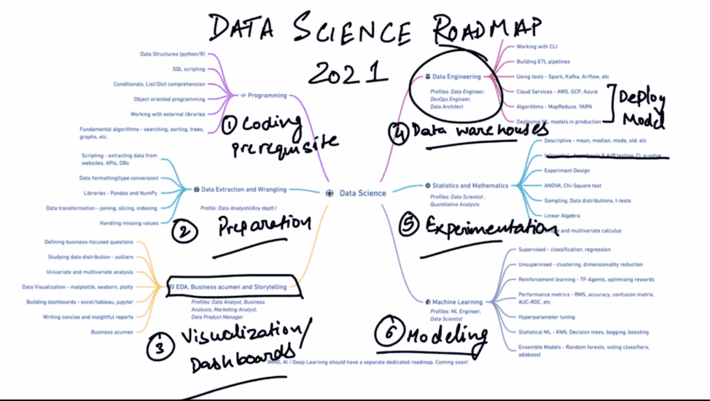
Figure 1: “Data Science Roadmap 2021” by FreeCodeCamp
The “Data Science Learning Roadmap for 2021” in Figure 1 created by FreeCodeCamp does a great job of articulating the wide range of technology competencies that a data scientist needs to understand.
The democratization of an education in data science is phenomenal…but it is also insufficient. To advance the Data Science profession, we must transition from just providing analytic outputs to delivering material and meaningful business and operational outcomes.
Yea, that’s a tall order for a bunch of geeks who love math, Strat-o-Matic baseball and playing with numbers, but if we’re to advance Data Science into a full-fledge business discipline, then we must expand the charter of Data Science. Welcome to Data Science 2.0!
Reframing the Data Science Profession
If data is the catalyst for economic growth in the 21st century, then data science must take the lead in helping organizations extract and monetize the customer, product and operational insights buried their data. The Data Science 2.0 challenge is moving beyond the AI / ML technologies, and embracing and championing a methodology for exploiting the economic value of data and analytics.
The business community is ready for Data Science 2.0 to lead that transformation. And we are already seeing the transformational power of data reflected in the market caps of the world’s most valuable companies (driven by intangible assets such as data, analytics and customer, product and operational predicted propensities). See Figure 2.
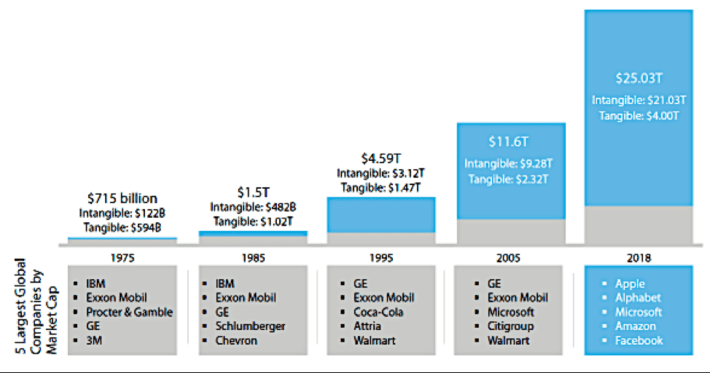
Figure 2: “$21T in U.S. Intangible Assets 84% of S&P 500 Value”
So, how do we Data Scientists make the transition to Data Science 2.0? By mastering the art of value creation.
Value Creation: From Analytic Outputs to Business Outcomes
Michael Porter introduced the world to the concept of Value Chain Analysis in his seminal book “Competitive Strategy: Techniques for Analyzing Industries and Compe…”:
“A value chain is a chain of activities for a firm operating in a specific industry. The business unit is the appropriate level for construction of a value chain, not the divisional level or corporate level. Products pass through all activities of the chain in order, and at each activity the product gains some value. The chain of activities gives the products more added value than the sum of the independent activities’ values.” See Figure 3.
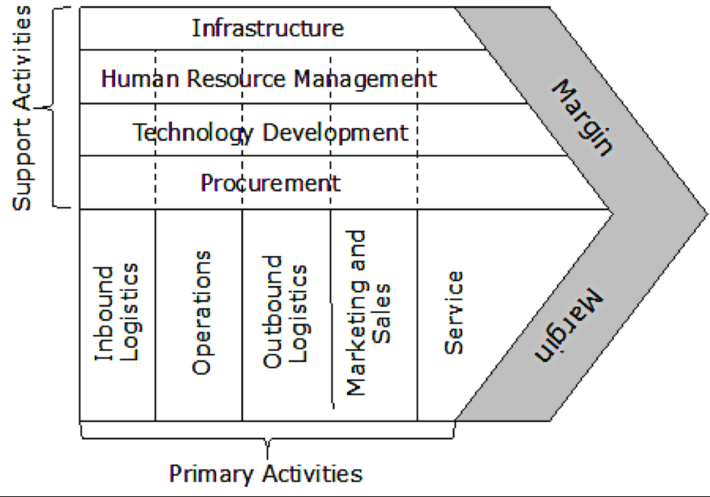
Figure 3: Michael E. Porter “Competitive Strategy: Techniques for Analyzing Industries and Competitors”
In my blog “Big Data MBA: Course 101A – Unit III” (yea, an old school blog that formed the foundation for my original Big Data MBA work), I explained how Porter’s Value Chain Analysis provides a business-centric framework for identifying where and how big data and data science could impact your organization’s value creation processes. And to master that value creation process, we must transition from delivering analytics outputs to delivering business outcomes.
The book “Outcomes Over Output: Why customer behavior is the key metric for b…” (a short but effective read) provides insights into how data science organizations can make that transition from outputs to outcomes using the Program Logic Model (see Figure 4).
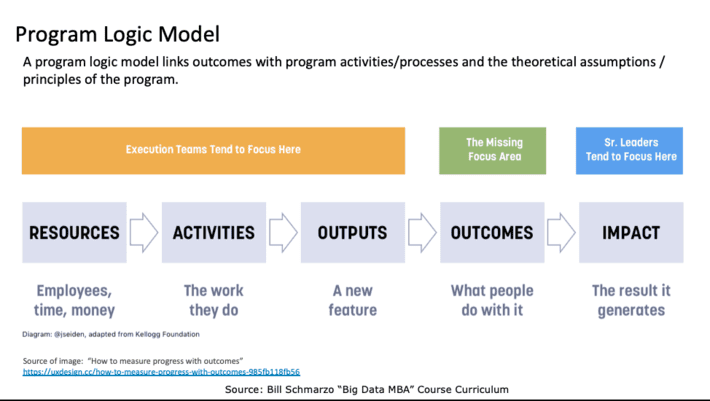
Figure 4: Source: “W.K. Kellogg Foundation Logic Model Development Guide”
The Program Logic Model is a systematic approach for representing the relationships among your resources, key activities, and the desired results. However, starting at the left side of Figure 4 and moving across the program logic model towards outcomes and impacts is a “hope” strategy – we “hope” the data science outputs can deliver business outcomes. Unfortunately, “hope” is only a strategy for the cosmetics industry.
I prefer to start by investing the time to identify, validate, value and prioritize the business and operational outcomes that deliver the biggest impact; that is, let’s start with the desired outcomes, understand their business and operational impacts, and then work backwards to identify the required data and data science outputs (see Figure 5).
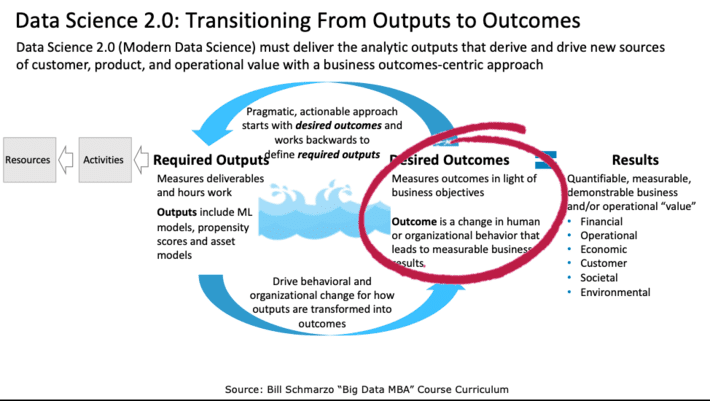
Figure 5: Data Science 2.0: Transitioning from Analytic Outputs to Business Outcomes
By investing the time upfront to collaborate with the business stakeholders to identify, validate, value and prioritize the Desired Outcomes, the data science team can begin the data science engagement with a clear understanding of the Required Outputs. Yea, that upfront investment in alignment and collaboration is the key for modernizing your data science practice.
Data Science 2.0 Summary
The focus of the modern data science practice, Data Science 2.0, must be on exploiting the unique economic characteristics of data and analytics to lead the organization’s data monetization efforts. So, what is data monetization?
- A practice or discipline including economic-based concepts, glossary of definitions, mathematical formulas, design tools and templates, and application methodology
- Uncovers, codify, share, re-use and continuously refine the customer, product, and operational (predicted) propensities buried in the organization’s data
- Seeks to optimize the organization’s top priority business and operational use cases
- Delivers material, measurable, relevant business and operational outcomes
- Operates within a continuously-learning and adapting data and analytics technology and “empowered” cultural environment
Now all your organization needs is a Chief Data Monetization Officer who has the mandate, responsibility and authority to drive (using both carrot and stick) cross-organizational collaboration in order to share, reuse and continuously-refine the organization’s data and analytics assets…

Webster’s Dictionary Definition of Chief Data Monetization Officer…
